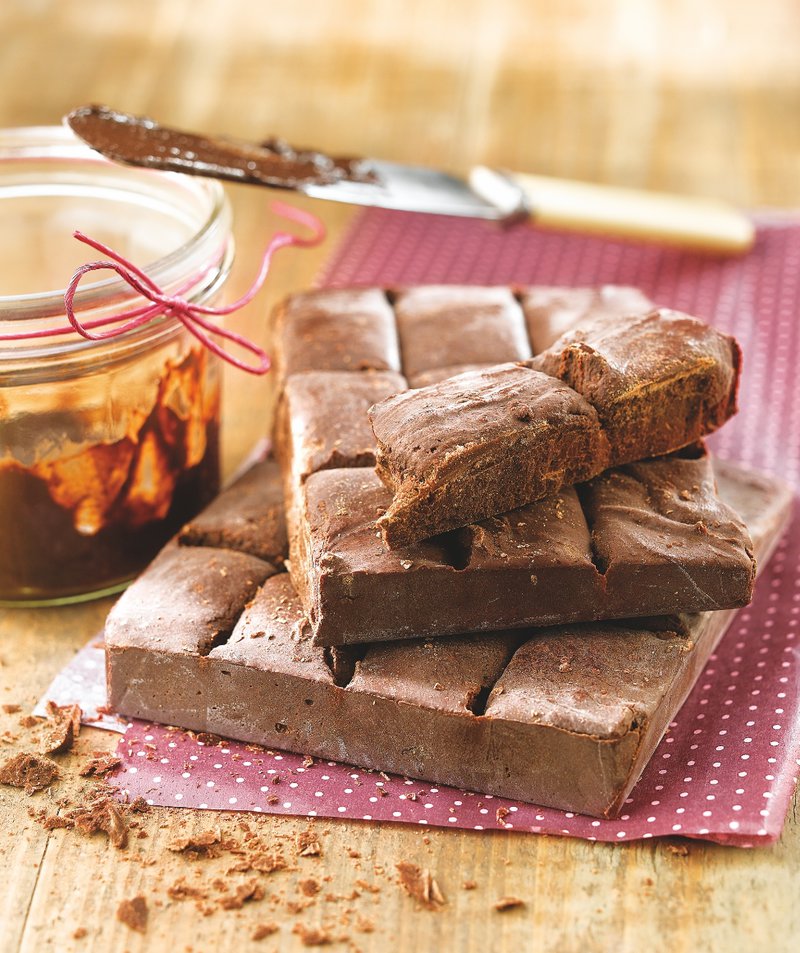Basket
Text: CUINA MAGAZINE Photo: Anna García Frigola
’Stone’ chocolate
Lleida town of Agramunt is famous for its speciality known as xocolata de pedra
Catalonia’s capital of chocolate is Agramunt, a small town in the Lleida county of Urgell. While the town is famed for its nougat known as Torró d’Agramunt, another of its specialties is xocolata de pedra, or ’stone chocolate’, which gets its name because the cacao used to make it was originally ground on stone. A type of chocolate that undergoes only minimal processing, xocolata de pedra is made exclusively with cacao, with a little cane sugar and some flavouring, usually either vanilla or cinnamon. The chocolate produced is granulated in texture and very dark in colour, and akin to the chocolate prepared hundreds of years ago by the Aztecs.
As mentioned, xocolata de pedra was traditionally made by grinding fermented and roasted beans against an inclined stone using a stone rolling pin. Machines now do that job, before the sugar and flavouring are added and the resulting chocolate is moulded into thick tablets split into large blocks. While the chocolate can be eaten as is, it is arguably best consumed after it has been grated and melted, and is ideal eaten with the sponge fingers known in Catalonia as melindros.
Before the 16th century, no one in Europe knew such a substance as cacao existed, but there is evidence that people in what is today Mexico were consuming chocolate as far back as 1,900 BC. After the Spanish brought cacao to Europe following their conquest of the Aztecs, it became a favourite treat at court, with demand even fuelling a slave trade. Industrial processes in the 19th century led to the chocolate we know today, and saw the establishment of the famous names associated with chocolate, like Nestlé and Cadbury.

